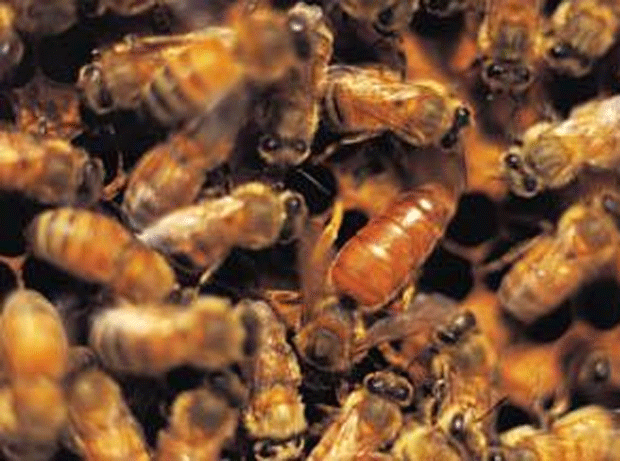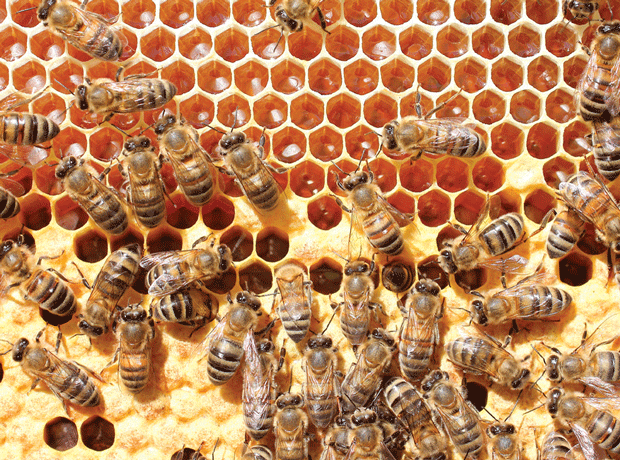
The Soil Association is demanding urgent research into the ‘chemical cocktail’ bees are ingesting after a US study found pollen routinely contained pesticides, while fungicides tripled disease risk in the insects.
The paper, published in PLOS One, involved researchers collecting pollen from bees returning to hives situated within crops and testing samples for chemicals.
They found on average nine different pesticides in pollen, while common fungicides were shown to increase the risk of honey bees contracting a widespread and potentially lethal gut pathogen.
Emma Hockridge, heady of policy at the Soil Association, described the findings as “extremely worrying” and suggested they should “ring alarm bells”.
“The study demonstrated that we may be massively underestimating the impacts of pesticides on our pollinators,” she said. “In the UK an average of 20 different pesticides are applied to fruit, 12 to vegetables and 16 to arable crops. For strawberries, the average number of different pesticides used last year was nearly 30.”
Levels of neonicotinoids – often linked to declining bee populations – were low, but tests showed the insects’ susceptibility to disease was vastly increased by the presence of key pesticides, while fungicides were also found to play a major role.
“The significant increase in Nosema infection following exposure to the fungicides in pollen we found therefore indicates a pressing need for further research on lethal and sub-lethal effects of fungicides on bees,” the researchers said.
“Given the diverse routes of exposure to pesticides we show, and increasing evidence that pesticide blends harm bees, there is a pressing need for further research on the mechanisms underlying pesticide-pesticide and pesticide-disease synergistic effects on honey bee health.”
In June, The Grocer reported on the government’s launch of an “urgent” review of policy and evidence related to declining bee populations, with a view to putting together a new national pollinator strategy.
Hockridge added: “We need to get off the chemical treadmill and focus on alternative ways of controlling pests and fungal disease, for example by using agroecological approaches such as organic farming.”



















1 Readers' comment